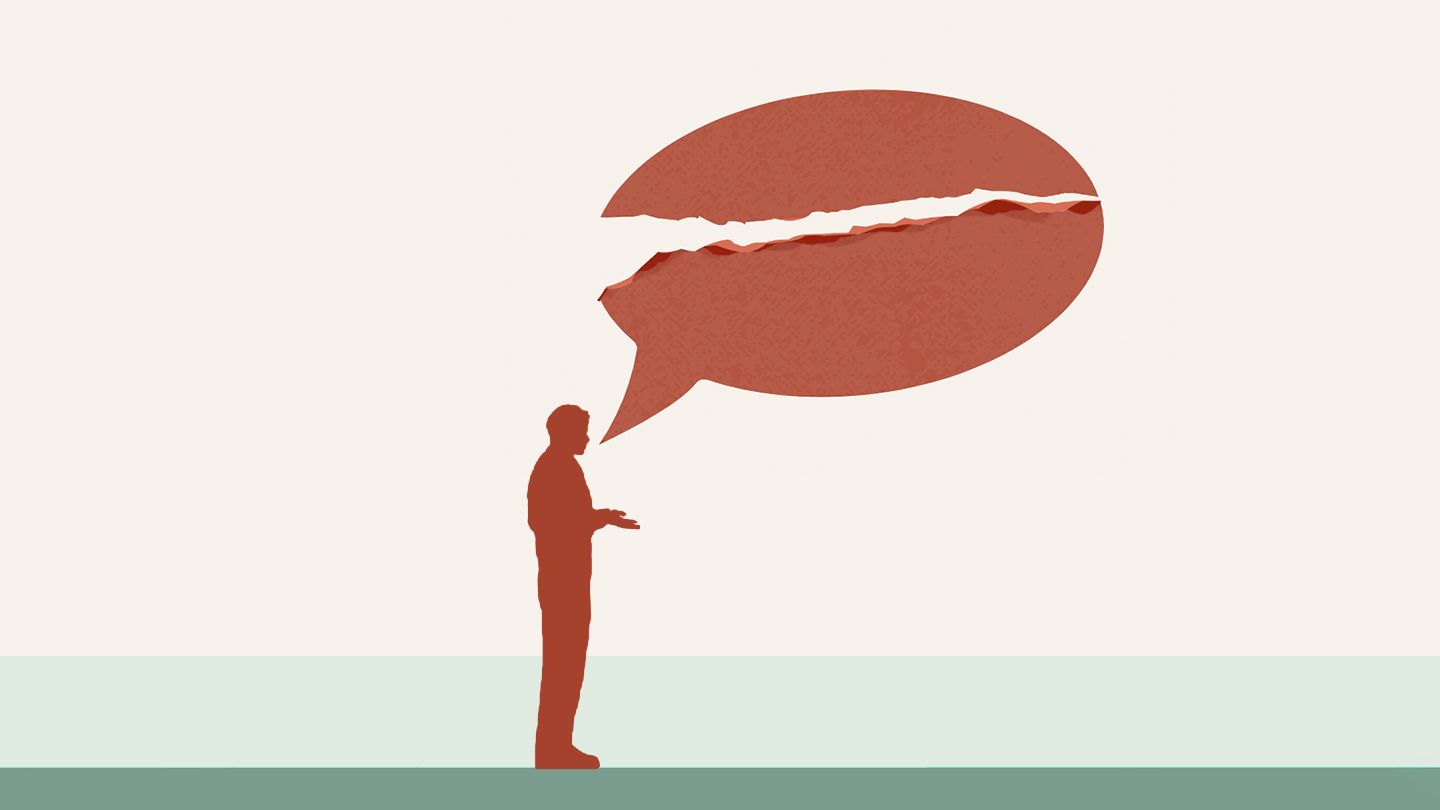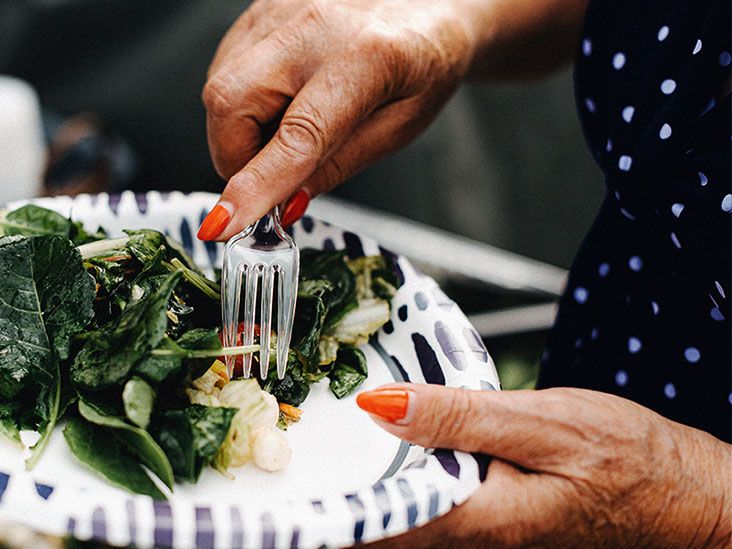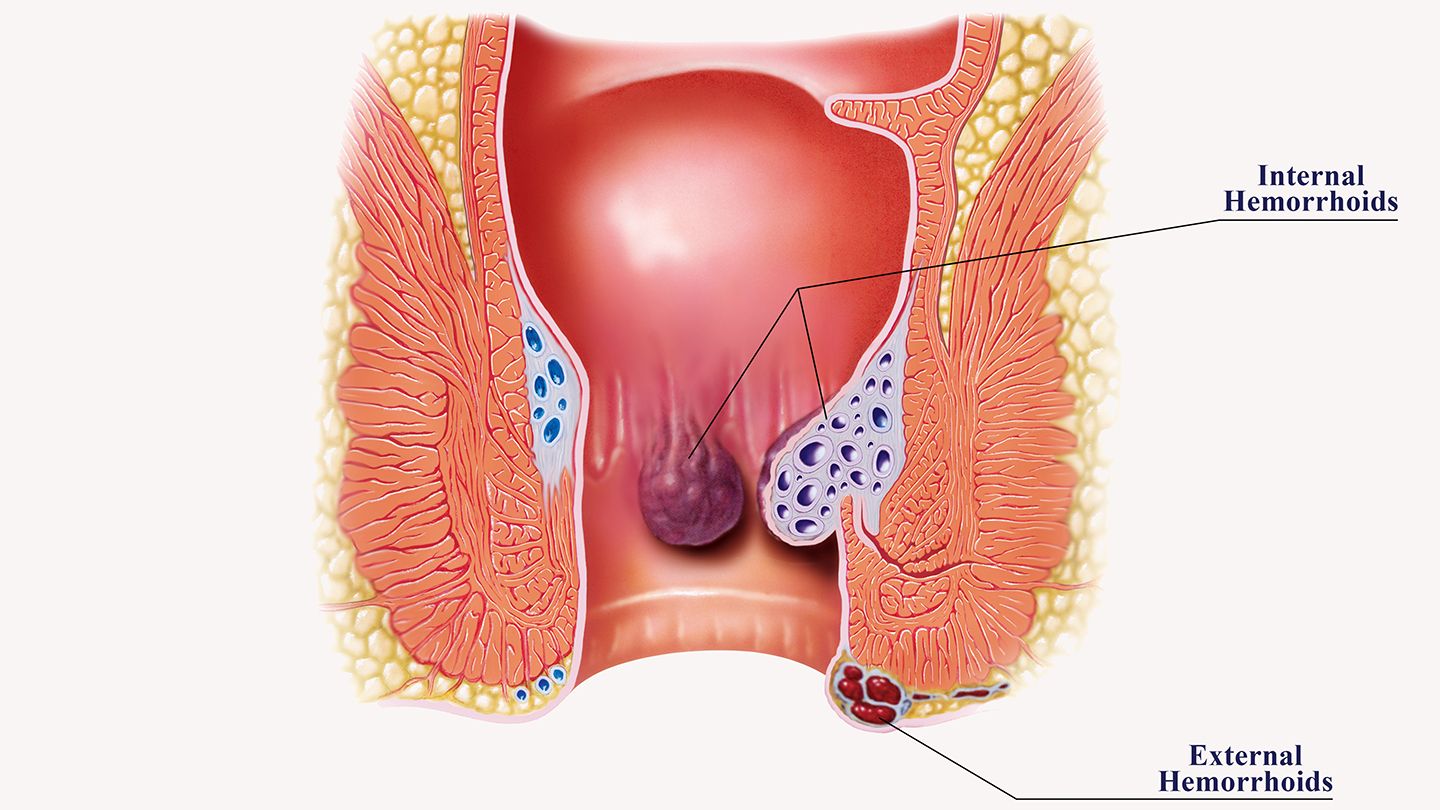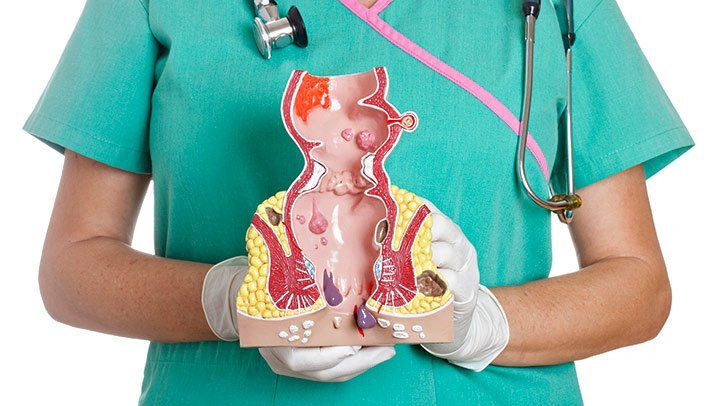Hey there! If you've felt a little bump around your anus and are wondering, "What on earth is that?" you're not alone. In most cases the culprit is something harmless like a skin tag or a hemorrhoid, but a few situations need a bit more attention. Below we'll walk through the common anal bump causes, point out the warning signs, and share practical steps you can take right now. Grab a cup of tea, settle in, and let's demystify those perianal bumps together.
Top reasons quickly
Here's a fasttrack look at the five most frequent reasons you might notice a lump near the anus. Think of it as a quick cheatsheet you can scan in seconds.
| # | Cause | Typical look & feel | How you'll know |
|---|---|---|---|
| 1 | Hemorrhoids (external) | Softtofirm, bluishpurple lump just outside the opening | Itches, may bleed after wiping |
| 2 | Anal skin tag / fissure scar | Small, skincolored flap, usually painless | Appears after a healed fissure or a shrinking hemorrhoid |
| 3 | Perianal hematoma | Sudden, tender, darkred or purple "bruise" | Often follows heavy lifting, coughing, or a hard stool |
| 4 | Anal warts (HPV) | Firm, fleshcolored or pink bumps, sometimes clustered | May itch, bleed, or produce a mucous discharge |
| 5 | Molluscum contagiosum | Tiny, domeshaped, smooth, whitetopink with a central dimple | Usually painless, may also appear elsewhere on the body |
These five conditions cover over 90% of "anal bump" complaints, according to Medical News Today. Let's dig a little deeper into each one so you know exactly what you're dealing with.
Deep dive causes
Hemorrhoids the classic
Hemorrhoids are swollen veins in the rectal or anal canal, and they're the world's most common cause of a perianal bump. When they push outward, you get that soft, sometimes bruisedlooking lump that can be a bit itchy.
Risk factors include pregnancy, chronic constipation, prolonged sitting, and heavy lifting. If you've been straining on the toilet lately, that's a strong hint.
Quickreference treatment table
| Level | Home care | OTC options | Procedures |
|---|---|---|---|
| Mild | Sitz baths 23/day, highfiber diet | Hydrocortisone cream | |
| Moderate | Warm compresses, stay hydrated | Phenylephrine suppositories, ibuprofen | Rubberband ligation |
| Severe | Prescription antiinflammatories | Infrared coagulation or surgical excision |
Most external hemorrhoids calm down within a week or two of lifestyle tweaks. If they stick around longer, seeing a proctologist can speed up relief.
Anal skin tags & fissure scars
Ever notice a tiny flap of skin that seems to hang out after a painful fissure healed? That's a skin tag. They're usually painless but can be annoying when you're trying to stay clean.
When to act: If the tag gets irritated, bleeds, or makes hygiene tricky, a quick visit for cryotherapy or electrocautery (both quick, scarminimizing procedures) can make life smoother.
Perianal hematoma the bruise you can feel
A perianal hematoma is basically a bloodfilled pocket that forms when a tiny vessel bursts. It feels like an angry, throbbing bump and often shows up after you've lifted something heavy or had a constipated bowel movement.
Home care: Ice the area for 15minutes, take a warm sitz bath, and pop an ibuprofen if you need pain relief. If the lump is bigger than 2cm or stays painful after 48hours, a doctor may need to drain it a simple inoffice procedure.
Anal warts (HPV)
Human papillomavirus (HPV) loves the moist skin around the anus, and it can cause soft, fleshcolored warts that sometimes appear in clusters. They're usually painless but can itch or bleed.
Treatment pathways include prescription creams like podophyllotoxin or imiquimod, cryotherapy (liquid nitrogen), and, for larger lesions, surgical removal. The good news? The immune system often clears the virus over time, especially after vaccination.
Molluscum contagiosum & other viral bumps
Molluscum contagiosum produces tiny, domeshaped papules with a dimple in the center. They're not dangerous but can be a bit unsightly.
Most resolve on their own within 612months, though you can speed things up with curettage or cryotherapy if they're bothersome.
Less common but serious culprits
While rare, some bumps signal more serious conditions. Keep an eye out for these redflags:
- Anal cancer a hard, fixed lump that bleeds or changes bowel habits.
- Perianal abscess a painful, swollen pocket that may come with fever.
- Hidradenitis suppurativa recurring painful nodules that drain.
- Foreign body an object lodged near the anal verge causing pressure.
If any of these sound familiar, it's time to schedule a visit sooner rather than later.
Red flag signs
Most bumps are benign, but a few warning signs should push you straight to a clinician:
- Bleeding that lasts more than two days.
- Sudden, severe pain or rapid swelling.
- A lump that feels hard, fixed, or is growing.
- Fever, chills, or general malaise.
- Changes in stool shape (like pencilthin stools).
These symptoms could indicate an abscess, infection, or something more serious like cancer. Don't wait a prompt checkup can make all the difference.
Diagnosis process
Clinical exam
Your doctor will start with a visual inspection, followed by a gentle digital rectal exam (yes, they wear gloves). An anoscope may be used to peek inside the canal for internal lesions.
When imaging or labs are needed
Sometimes a simple exam isn't enough. Here's when you might get extra tests:
- Colonoscopy or sigmoidoscopy to rule out deeper issues or cancer.
- Ultrasound or MRI helpful for mapping an abscess or fistula.
- Biopsy performed on suspicious warts or unexplained masses.
- Blood work CBC to check for infection, STI panels for HPV or herpes, HIV test if risk factors exist.
Treatment cheat sheet
Below is a concise guide that matches each cause with the typical firstline selfcare, medical therapies, and when surgery might be on the table.
| Cause | Selfcare | Medical therapy | Surgery needed? |
|---|---|---|---|
| Hemorrhoids | Sitz baths, highfiber diet, hydration | OTC creams, suppositories, pain relievers | Banding, coagulation, excision for persistent cases |
| Skin tag | (usually observation) | Cryotherapy or electrocautery | Rarely needed |
| Hematoma | Ice, sitz bath, NSAIDs | Incision & drainage if >2cm or >48h | Minor procedural drainage |
| Anal warts | (monitor) | Podophyllin, imiquimod creams | Cryotherapy, electrocautery, excision |
| Molluscum | Observation (usually resolves) | Curettage, cryotherapy if bothersome | Rare |
| Anal cancer | Chemoradiation, targeted therapy | Surgical resection | |
| Abscess | Warm compress (small, early) | Antibiotics + drainage | Incision & drainage, possible fistulotomy |
Prevention tips
Staying ahead of those bumps is easier than you might think. Here are habit tweaks that can keep the perianal area calm:
- Eat fiberrich foods aim for at least 25g daily (whole grains, fruits, veggies).
- Hydrate 2L of water a day helps keep stools soft.
- Gentle bathroom posture a footstool can reduce straining.
- Keep it clean but gentle fragrancefree wipes or a warm sitz bath.
- Safe sex practices condoms and the HPV vaccine (available up to age45).
- Mind your lifts use proper form, don't hold your breath when you lift.
These steps cut the risk of hemorrhoids, fissures, and many other common perianal bumps.
Expert insights
Dr. Lisa Alvarez, a boardcertified colorectal surgeon with 15years of experience, says, "If a lump persists beyond two weeks, or you notice bleeding, it's worth a prompt evaluation. Early detection of rare conditions like anal cancer dramatically improves outcomes."
Statistical context: The National Institute of Diabetes and Digestive and Kidney Diseases reports that roughly 1in20people will experience hemorrhoids at some point in their lives. Meanwhile, a 2023 study in the Journal of Clinical Gastroenterology found that skin tags appear in about 12% of patients after chronic fissures heal.
By weaving together realworld data, professional quotes, and clear guidelines, we aim to give you a trustworthy, downtoearth resource.
Conclusion
Bottom line: Most bumps around the anus are harmlessthink hemorrhoids, skin tags, or a small infectionbut a few redflag signals (hard, painful, bleeding lumps) deserve a medical checkup. Understanding the anal bump causes empowers you to act wisely: try simple lifestyle tweaks, keep an eye on warning signs, and don't hesitate to see a specialist when something feels off.
We'd love to hear from you. Have you dealt with a perianal bump before? What helped you feel better? Drop your story or any questions in the comments, and let's keep this conversation going. You're not alonetogether we can turn confusion into confidence.
FAQs
What are the most common anal bump causes?
The most frequent reasons are external hemorrhoids, anal skin tags, perianal hematomas, anal warts (HPV), and molluscum contagiosum.
When should a bump near the anus be evaluated by a doctor?
Seek medical attention if the lump bleeds for more than two days, is hard or growing, causes severe pain, is accompanied by fever, or changes your bowel movements.
Can I treat an external hemorrhoid at home?
Yes. Warm sitz baths, a high‑fiber diet, plenty of fluids, and over‑the‑counter creams or suppositories often relieve symptoms within a few weeks.
How are anal warts treated?
Treatment options include prescription topical agents (podophyllotoxin, imiquimod), cryotherapy with liquid nitrogen, or surgical removal for larger lesions.
What steps can I take to prevent future anal bumps?
Eat plenty of fiber, stay well‑hydrated, avoid prolonged sitting, practice gentle bathroom posture, keep the area clean but soft, and use safe‑sex practices including HPV vaccination.
Disclaimer: This article is for informational purposes only and does not constitute medical advice. Always consult with a healthcare professional before starting any new treatment regimen.
Related Coverage
Discover the truth that you are more than societal narratives and limitations have led you to believe, and unlock your boundless potential for growth, creativity, and self-actualization....
Learn the top anal bump causes, from hemorrhoids to warts, and know when to seek medical help. Tips for relief and prevention....
Learn about hemorrhoid symptoms, causes, home treatments, and when to consider hemorrhoid banding at home. Get step-by-step instructions on how to use a home hemorrhoid banding kit....
Find clear answers on internal hemorrhoids symptoms, when to seek help, simple home care tips, and effective medical options....
Understand the potential risks and realities of pushing or straining during bowel movements in an attempt to induce labor. Learn safe strategies for managing hemorrhoids and constipation during pregnancy....
If you spot something resembling a kidney bean in the toilet after a bowel movement, it likely signals protruding hemorrhoids. Learn what causes them and treatment options....
Kidney stones and hemorrhoids share several common causes like dehydration and straining. Learn how passing kidney stones can also lead to hemorrhoids....
Obesity can make wiping after a bowel movement difficult. Adjusting technique, using tools, and requesting assistance when needed allows proper hygiene....
Learn how mild soap & water can aid hemorrhoid relief alongside creams, wipes & sitz baths. Discover other proven home treatments plus prevention methods....
Hemorrhoids are very common and can cause anal itching, pain, and bleeding. Learn about causes, symptoms, diagnosis, and medical and at-home treatment options....






